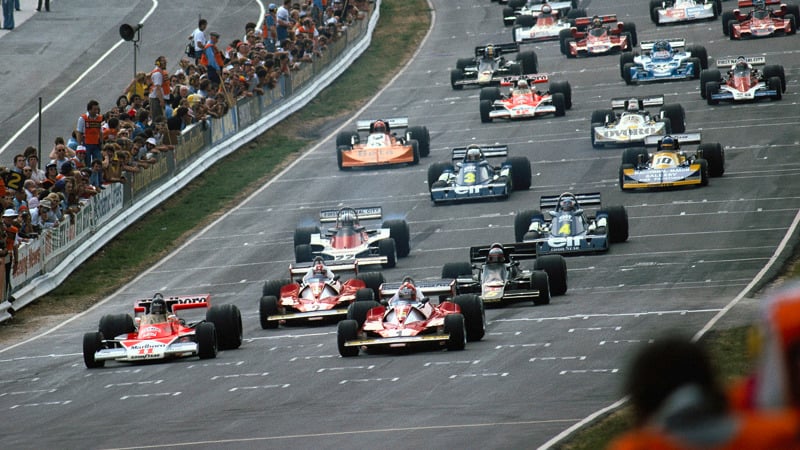It’s a subject upon which I speak with a certain confidence, because while figuring out how to approach this story and to no-one’s greater surprise than mine, I find I have driven no fewer than seven F1 cars that would have been on the same grids as Hunt, including one he raced himself. If you’re interested, they are his Hesketh 308, a Lotus 76 and 79, a BRM P160, Brabham-Alfa BT45, Tyrrell-Ford P34 and Fittipaldi F5A.
There are several reasons I think these cars are probably the greatest F1 cars of them all, at least to a certain sort of person — and not just because they inspired me when I was young. More importantly, they were around when the rule book allowed real innovation. Think of the Brabham BT46 fan car (which contrary to popular belief was withdrawn and not banned), the aforementioned six-wheeled Tyrrell and the Lotus 72 with its transformative side-mounted radiators.
And while again there is the perception that near enough everything was powered by a Cosworth DFV, in fact in James’s relatively short career at the top there were V6s, V8s, V12 and flat 12s, naturally aspirated and turbocharged cars from manufacturers including Ford, Ferrari, BRM, Alfa Romeo and Renault.
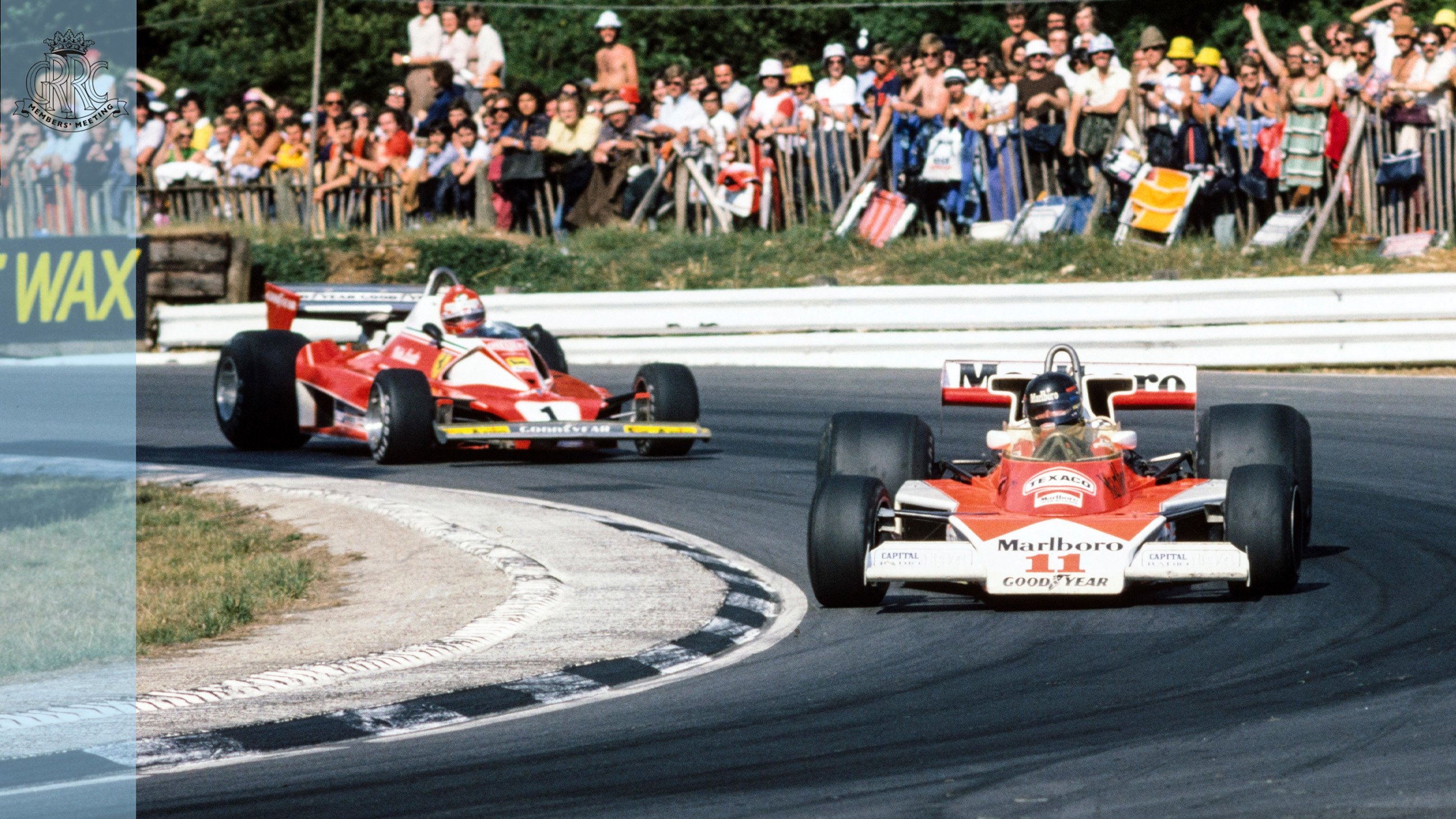
Celebrating ‘The James Hunt Years’ at 83MM
Read more
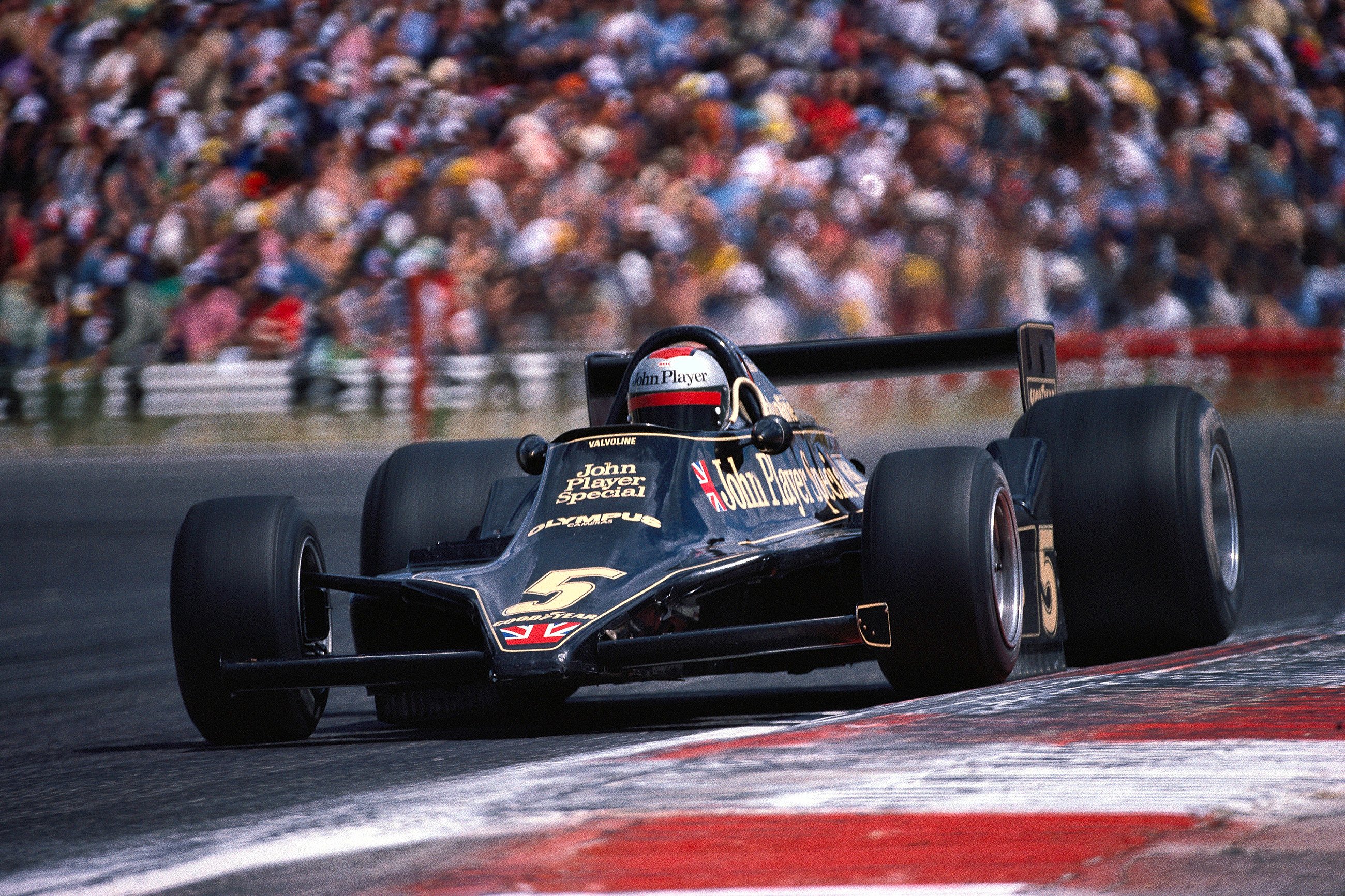
But most of all, and while he’d not have known it at the time, Hunt raced in an era just before the visual spectacle of F1 changed for all time — and not necessarily in a good way.
In his last full year in 1978, the title was taken by Mario Andretti in a Lotus 79, with team-mate Ronnie Peterson taking a posthumous second place in the only cars on the grid with significant levels of what became to be known as ground effect (everyone knew that without it you were nowhere). Even Jody Scheckter’s 1979 triumph for Ferrari in the determinedly non-ground effect 312T4 said more about his consistency and its reliability than their combined outright pace relative to the opposition.
By 1980 ground effect was non-negotiable if you wanted to run at the front, levels of downforce went through the roof and that wonderful spectacle of seeing F1 cars sliding and drifting their way through quick corners, where you literally see the artistry and skill of their drivers, was gone, and gone for good.
There was something else quite wonderful about the Hunt era, too. Lord Hesketh once said that the entire 1973 season cost just £38,000, which was £68,000 to rent a March 731, less the £30,000 won in prize money. That’s a season of F1 for a touch over £250,000 in today’s money. Today that sum probably wouldn’t cover the wheel gun budget of a top F1 team.
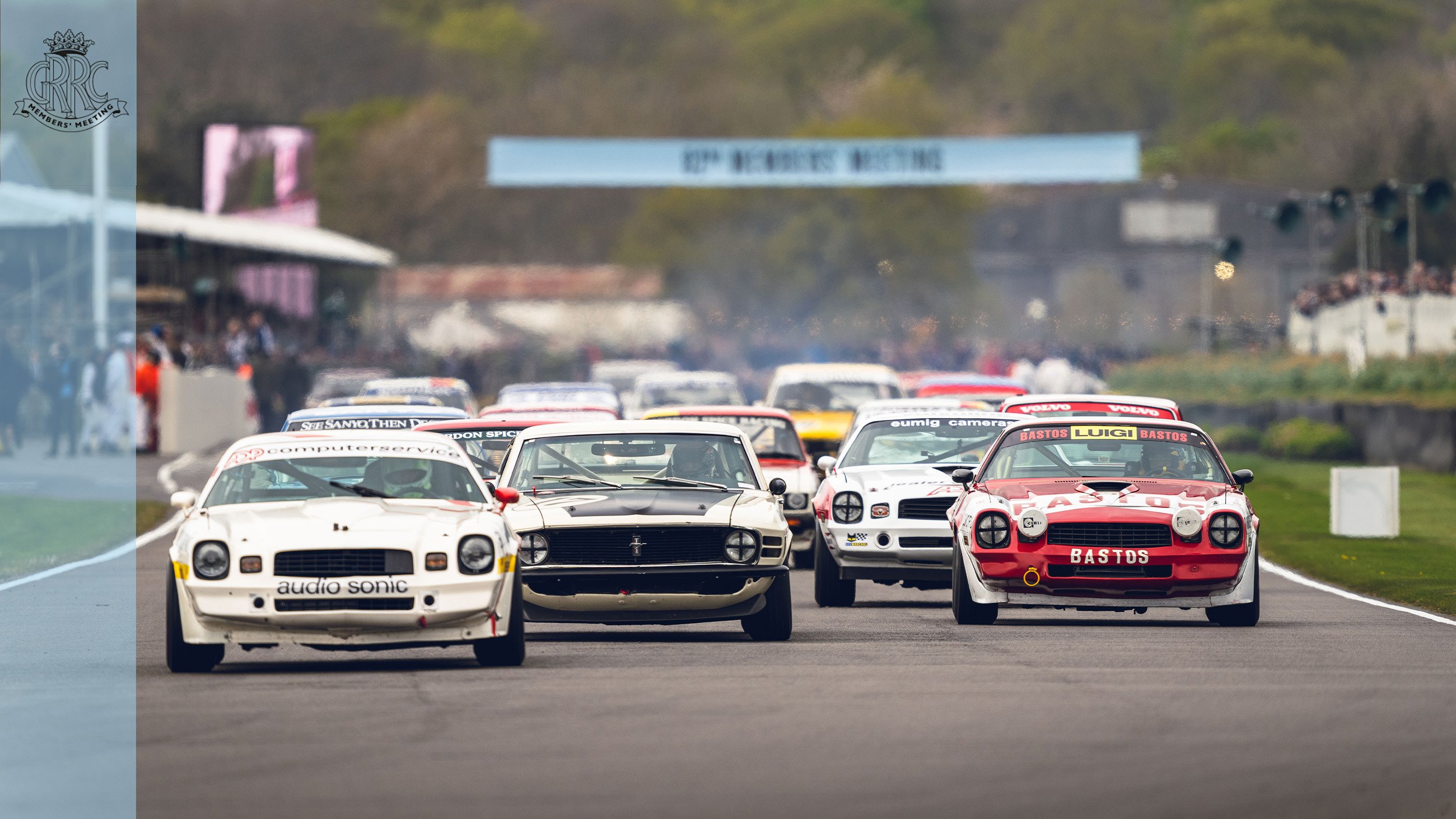
83MM tickets are on sale
Buy now
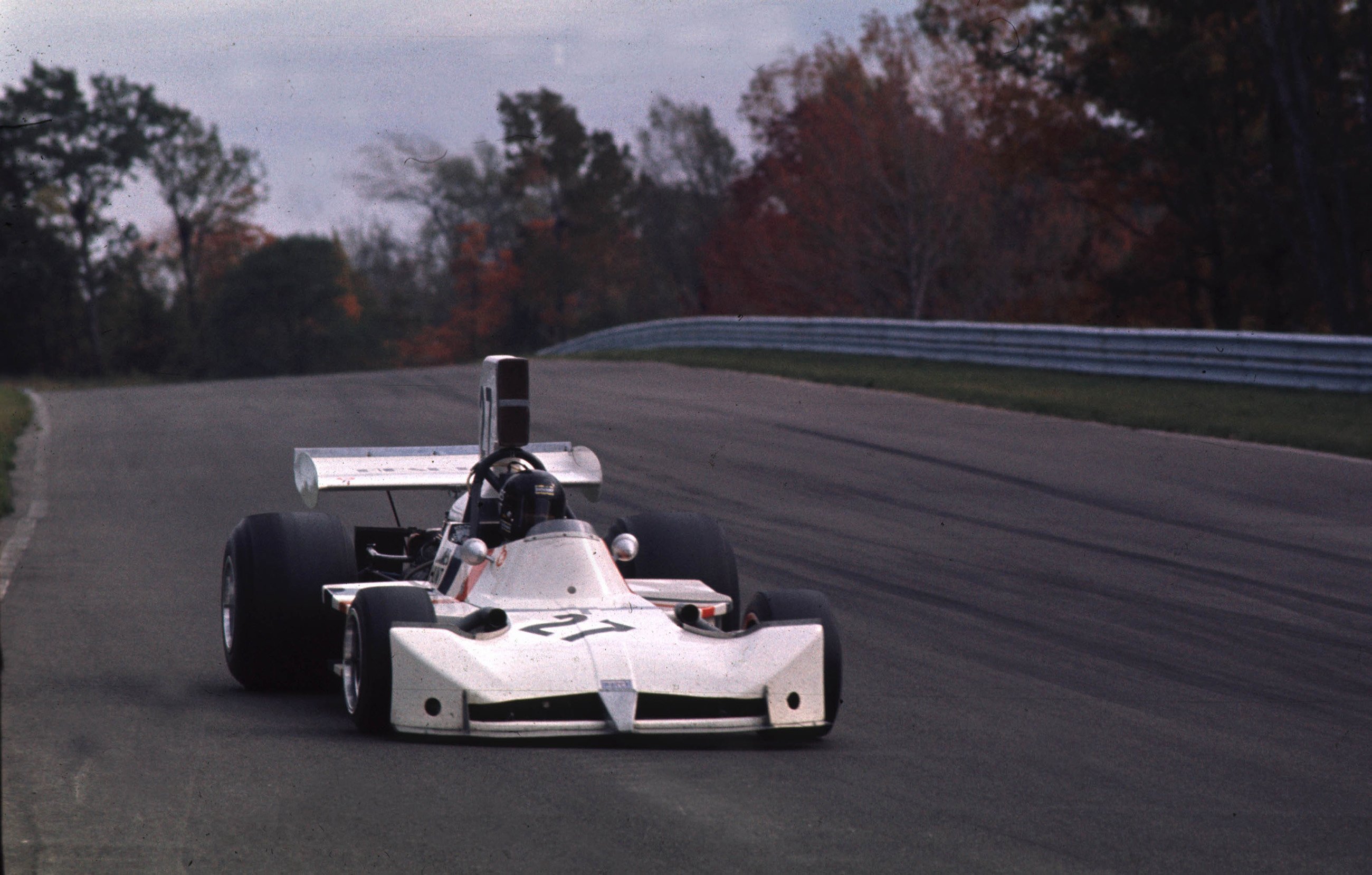
So anyone could buy an engine from Cosworth, a five-speed gearbox from Hewland, get someone who knows what they’re doing to fabricate a simple aluminium tub, buy in much of your chassis parts (when Hesketh started making its own cars it used March uprights and Jack Knight steering), get some off-the-shelf rubber from Goodyear, hire a hot shot and try to get on the grid. Today there are ten teams on the F1 grid. In 1974, there was precisely double that number, at least trying to qualify.
Though I concede my absurd fortune here, these cars are quite wonderful and very straightforward to drive, at least once you’ve got your head around how insanely fast they are. Fifty years ago, their power-to-weight ratios were close to 1,014PS (746kW) per tonne, which is getting on for three times that of a really fast modern sportscar, like a Porsche 911 GT3 RS.
The engines tended to be quite peaky, but with ultra-close gear ratios keeping them on the boil — so above around 7,500rpm for a moderately tuned DFV of the era (with modern ECUs they’re much more flexible today) — is not so difficult.
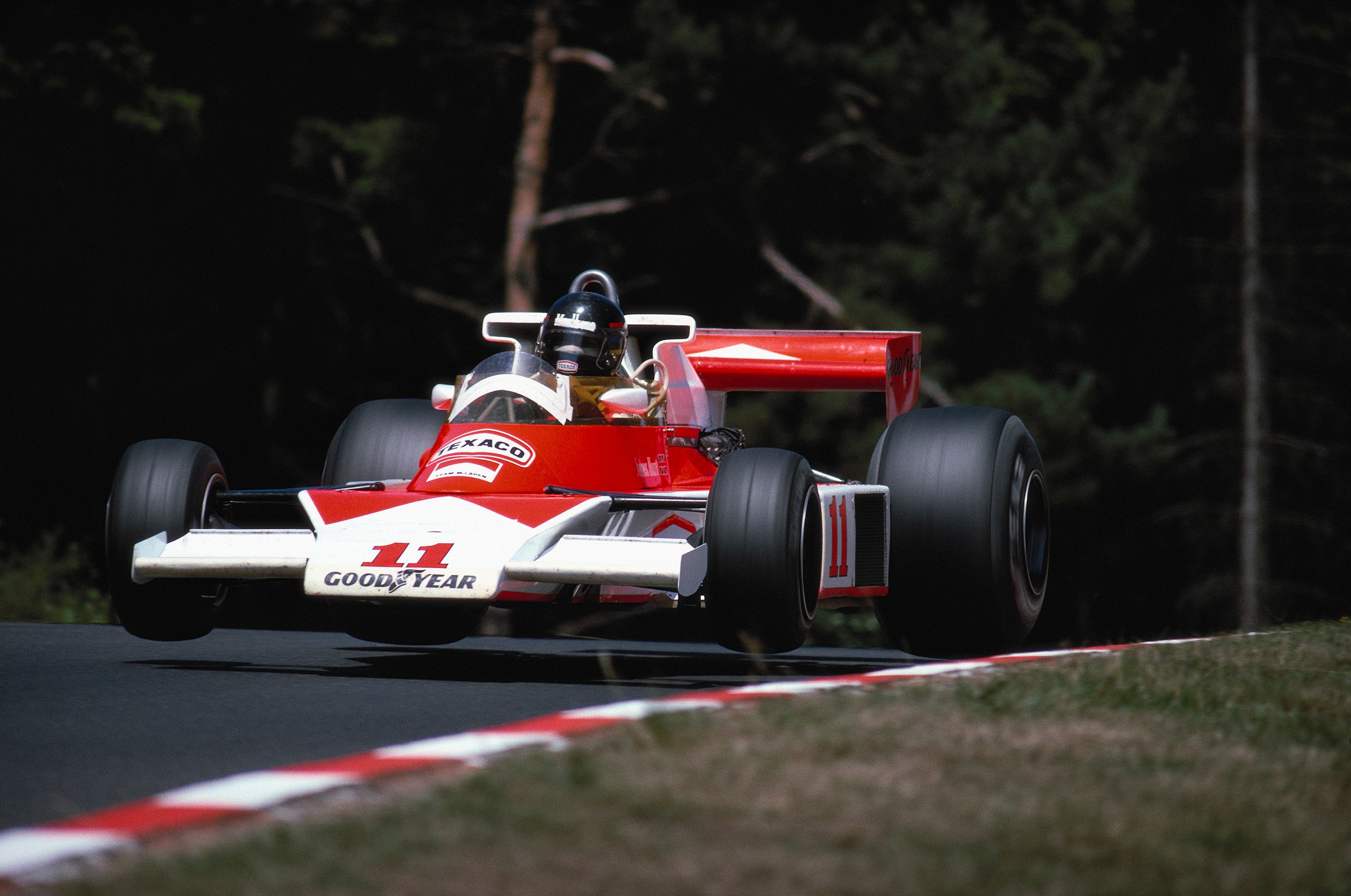
And because they are very small and light they feel incredibly agile, too. What’s more, you can slide them around because they have essentially tiny amounts of downforce relative to today, and tyres that worked best with a small degree of slip. So, you can kid yourself into thinking you’re a driving god like Hunt.
But of course, you’re not. Like all finely tuned instruments, making them perform apparently well is not difficult; wringing every ounce of what they can do is another matter altogether, and that’s before you consider how dangerous the circuits on which they raced were and how limited and primitive the safety gear they used was.
To get the most out of them required not only supreme talent, as do F1 cars today, but a level of courage that perhaps they do not. In short, they required men like James Hunt who, were he still alive, would still only have just turned 78 and would I’m sure relish the chance to get back behind the wheel of his McLaren M23 for a few hot laps of Goodwood Motor Circuit next spring.
But while he cannot be there, we can, and I will now look forward to it perhaps even more than any previous Members’ Meeting.
Goodwood will celebrate ‘The James Hunt Years’ at the 83rd Members’ Meeting presented by Audrain Motorsport. The event takes place on the 18th & 19th April 2026. Tickets are on sale now for GRRC Members and Fellows.
You can sign up for the Fellowship now. Click here to find out more.
Images courtesy of Getty Images.
The James Hunt Years
Formula 1
F1
James Hunt
83rd Members’ Meeting
83MM

